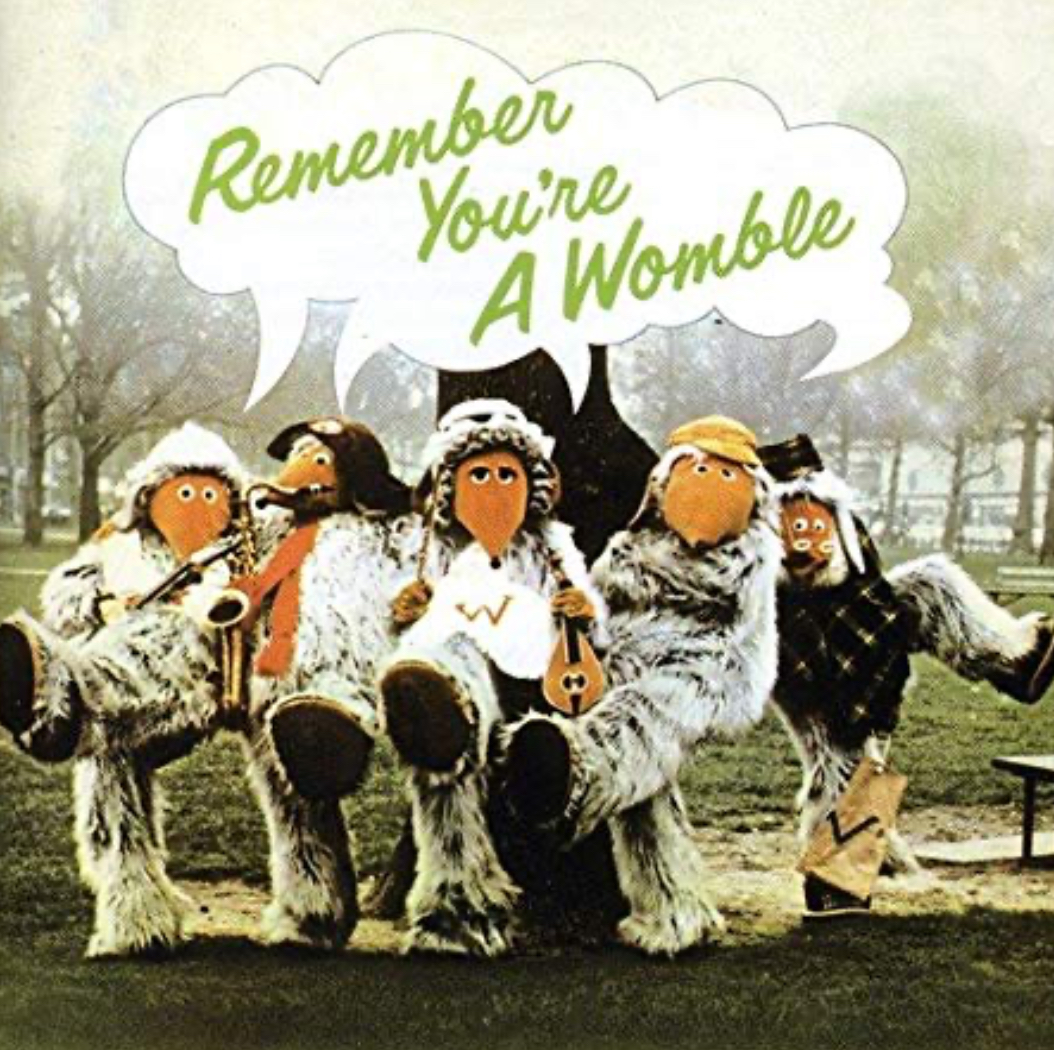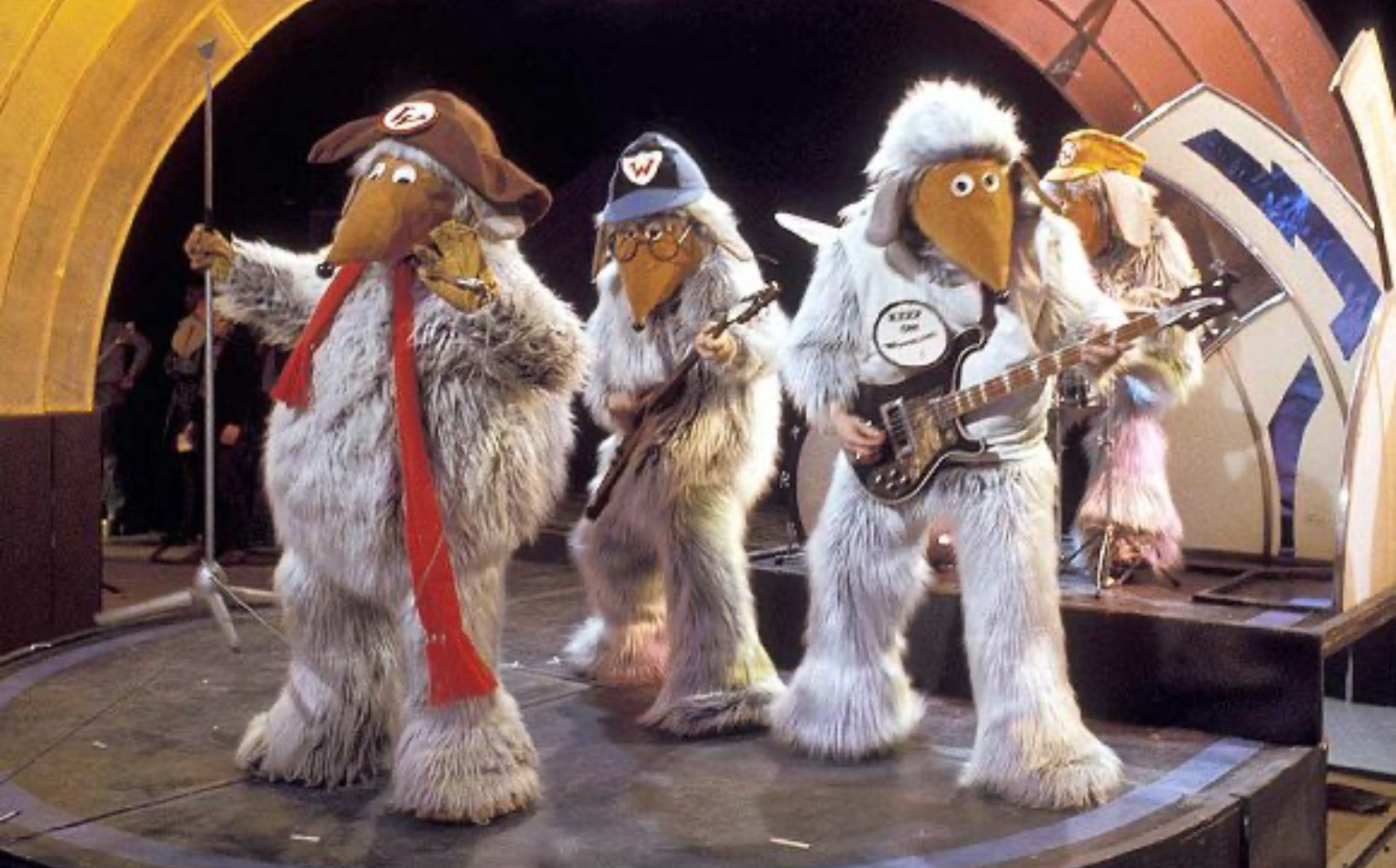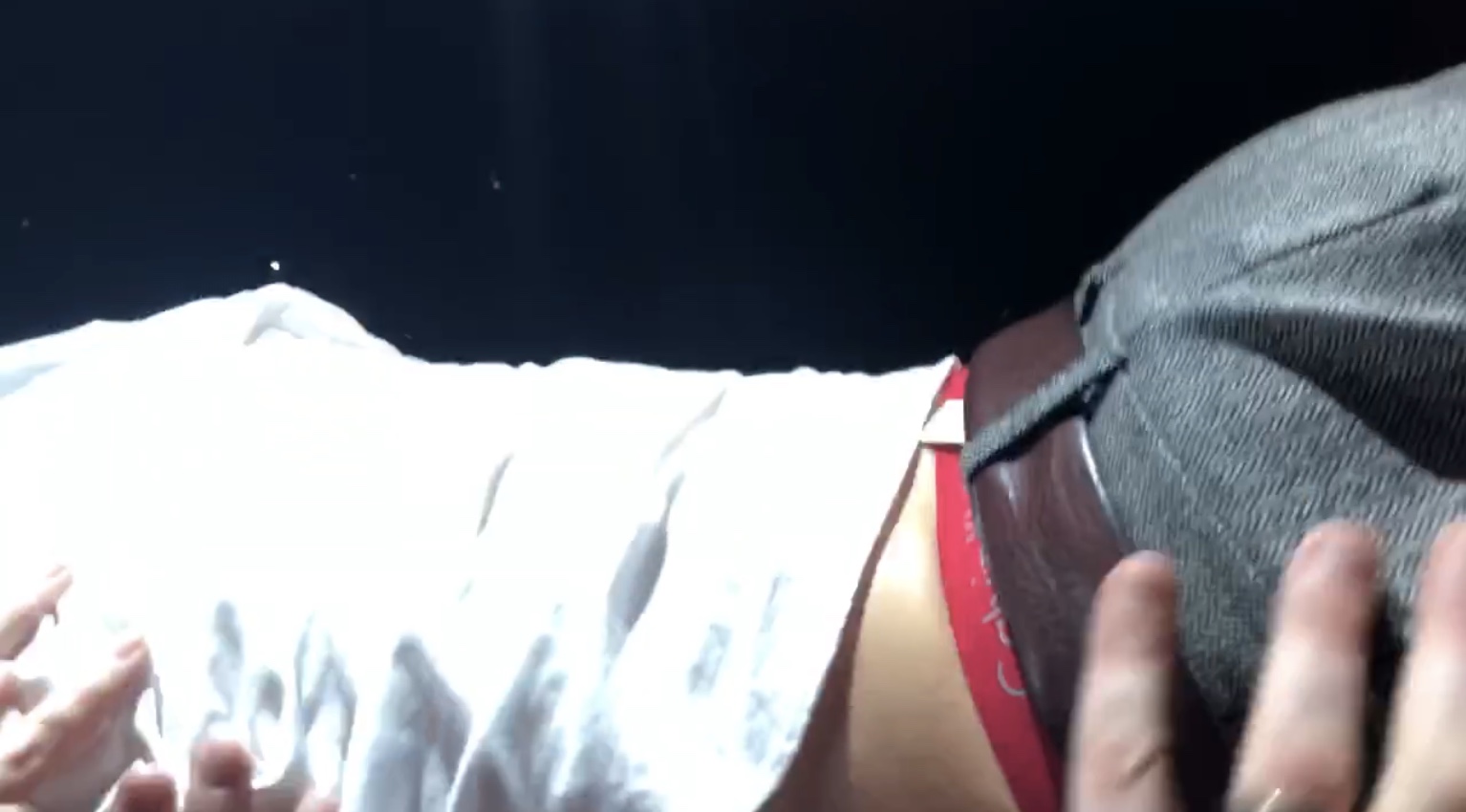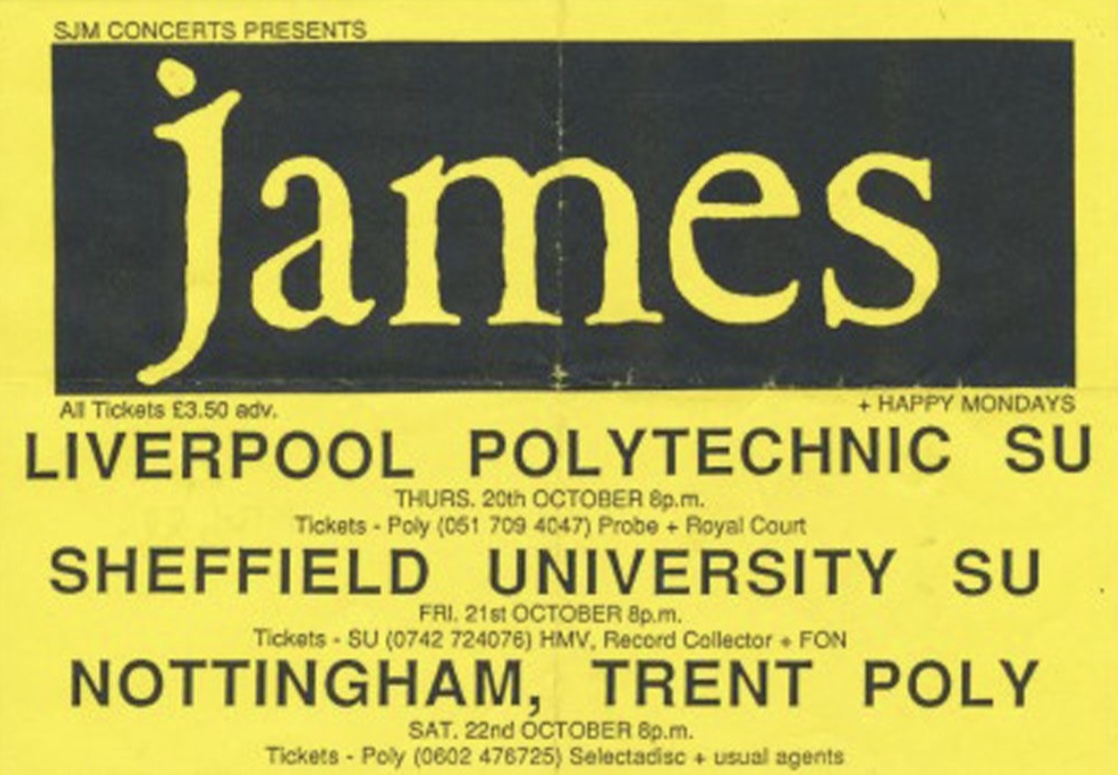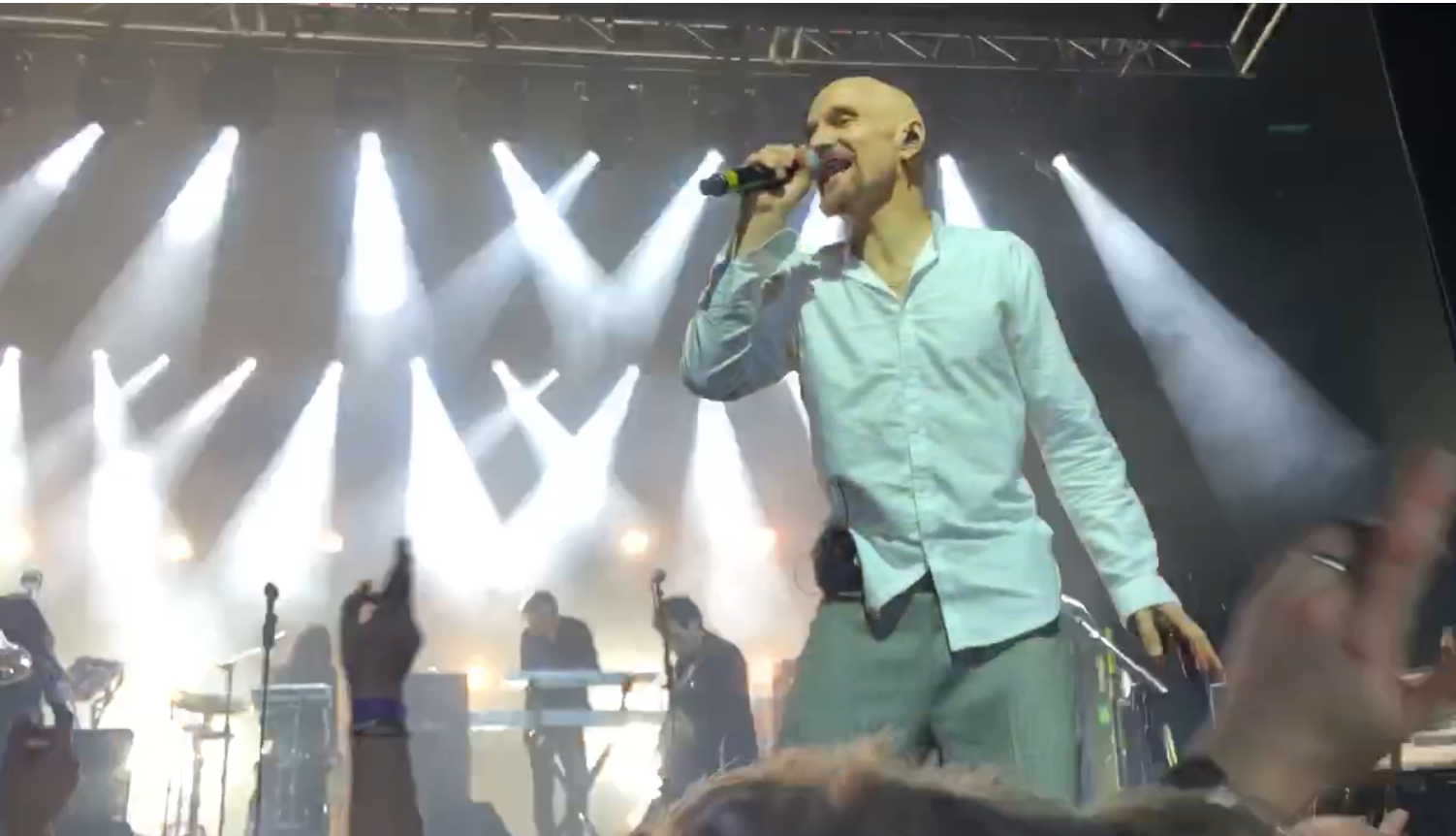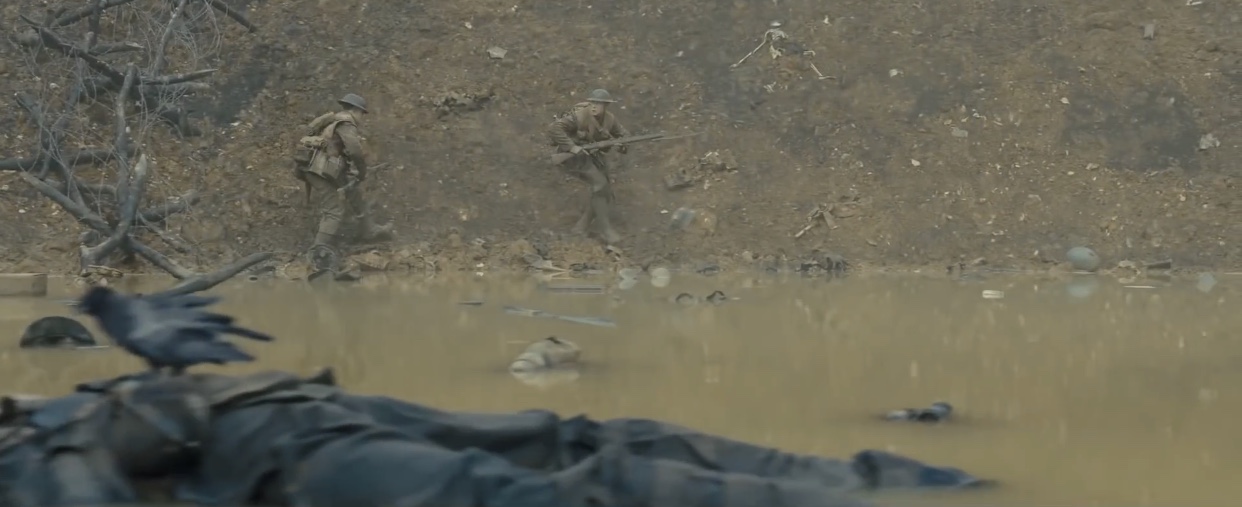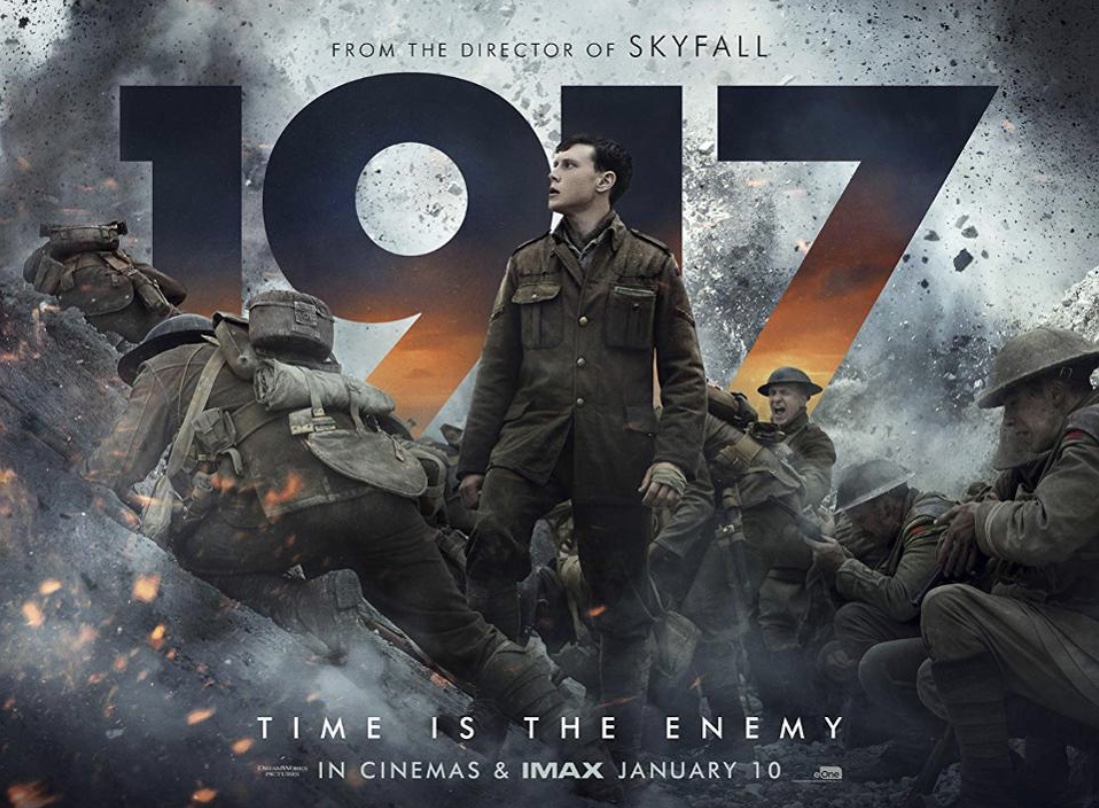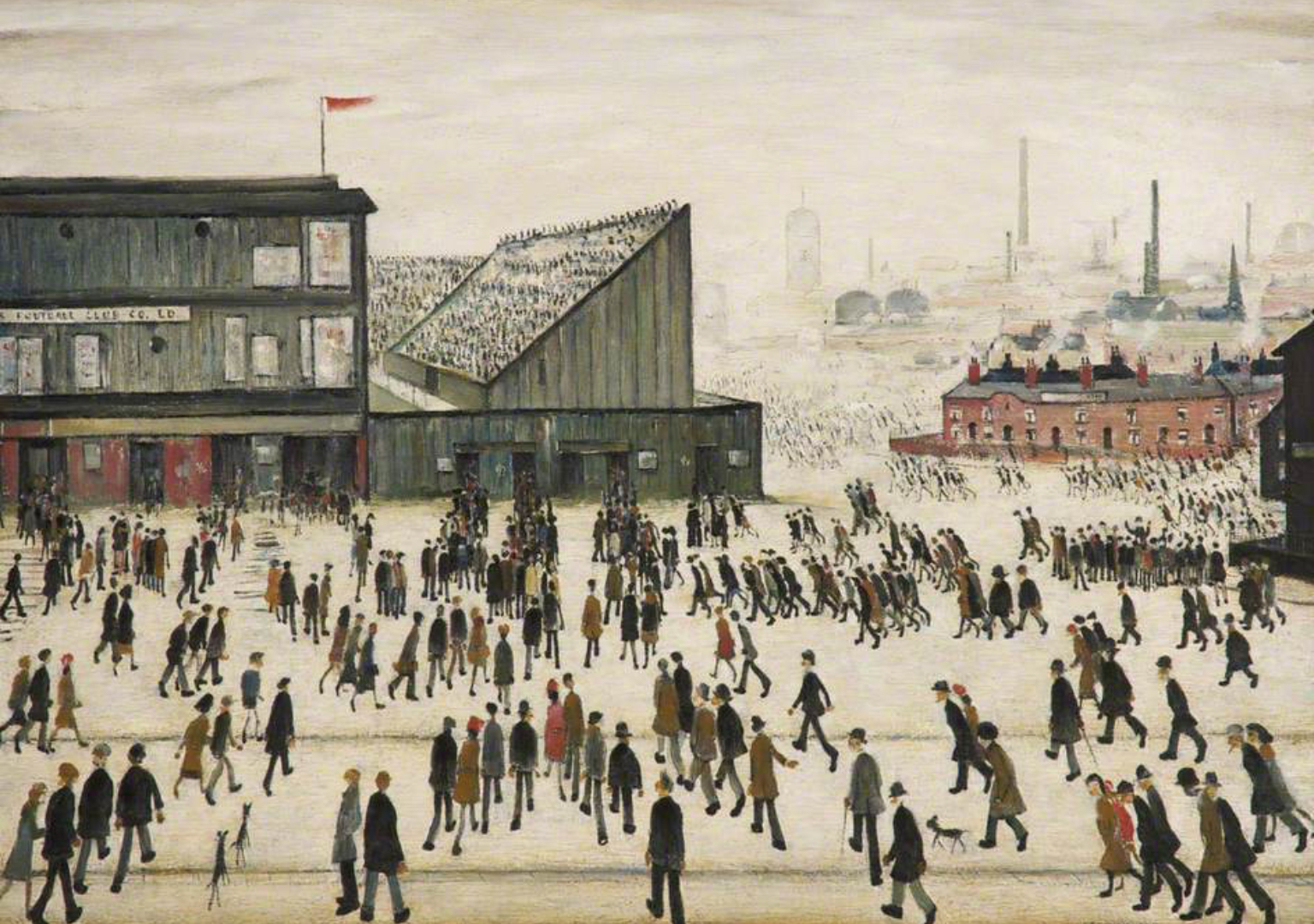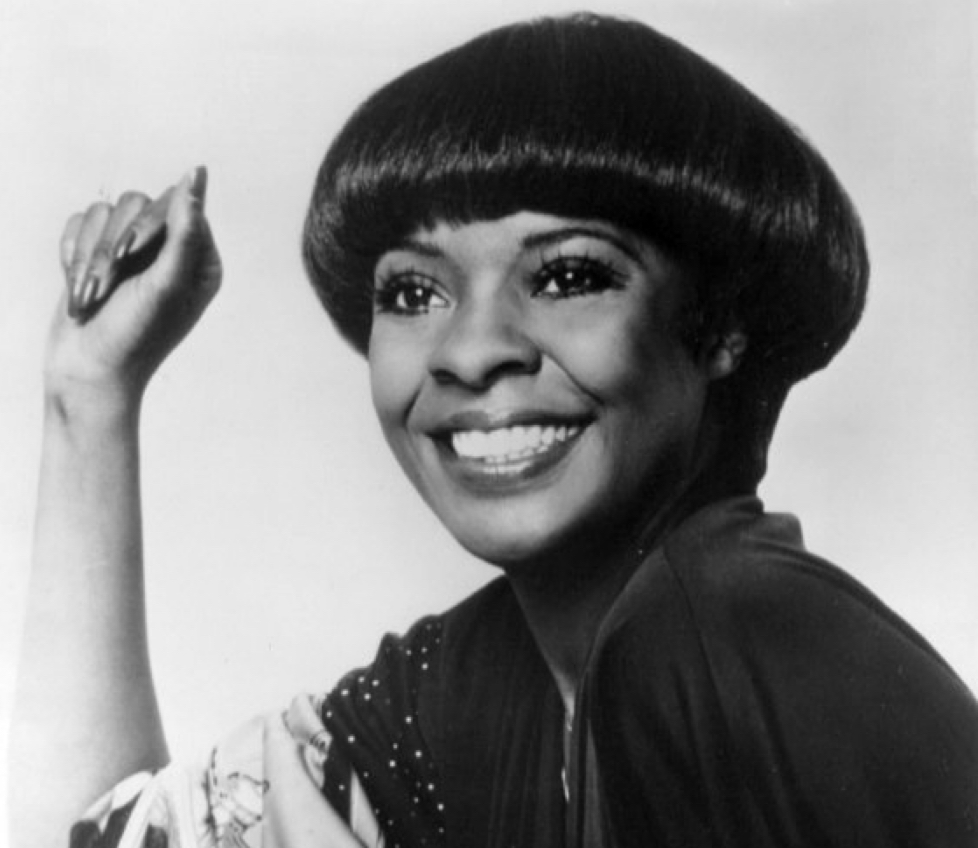Thirty-five years ago this week, The Smiths released their second studio album ‘Meat Is Murder’. At the time I was in lower sixth and living in a dreary coastal town that they really should have remembered to bomb. 1985 couldn’t have been more eighties if it tried, finding itself sandwiched of course smack bang in the middle of a decade already wrecked beyond repair by Thatcher. And we were only half way through.
Oh, to have been born in the USA! Bruce Springsteen was currently number one in the albums chart and lording it over the airways. Little did he know of course that a scruffy four-piece band from Manchester would soon be knocking him right off his perch.
Like everyone, Bruce probably never saw it coming. A year earlier, The Smiths had only sold 100,000 copies or so of their debut album across the globe. They had no manager and were signed to a tiny record label that had no clue about marketing. Their songs weren’t played on the radio and the press thought they were a bunch of weirdos.
Surprisingly, ‘Meat Is Murder’ did indeed sell 100,000 copies. Only this time, all on day one. It smashed straight in at number one and was officially declared ‘gold’.
For me, the album became the band’s entry point. I had missed their eponymous debut, and although by now I had a copy – along with their mop-up compilation Hatful of Hollow – this was the first new proper album of theirs that I’d get to buy on release day. It was a momentous occasion.
I remember it well; the excitement on that Saturday morning of finishing my paper round and then cycling to town. The shop was called Hummingbird Records. It was the only record shop that would have sold it – Woolworths or Our Price wouldn’t have bothered.
The tiny shop was always packed as it was next to a tattoo parlour and so the freshly-inked would invariably pop in to show off their latest acquisitions. I like to think that the young lad behind the counter saw me lock up my bike and knew what I was coming in for. I had the look of a Smiths fan; gaunt, quiffy, specky and pale.
As I entered the gloom (it was always so dark), he obviously whipped the LP out of its sleeve and put it on, especially for me. At precisely the same moment as I set foot in the door, the opening rat-a-tat intro of ‘The Headmaster Ritual’ washed over me. I was grinning like an idiot.
I didn’t have a record player, so to hear the song in its full stereophonic splendour was wonderful. And played so loud as well! Vinyl was not an option, so I bought the cassette version instead. My headphones were in my pocket with fresh batteries in my Walkman. I was good to go.
I got on my bike and cycled down to the beach where the fairground rides and amusement arcades were. As always, it was pretty deserted and people were already setting up for the Sunday market on the abandoned car park. I found a bench, sat down and pressed play.
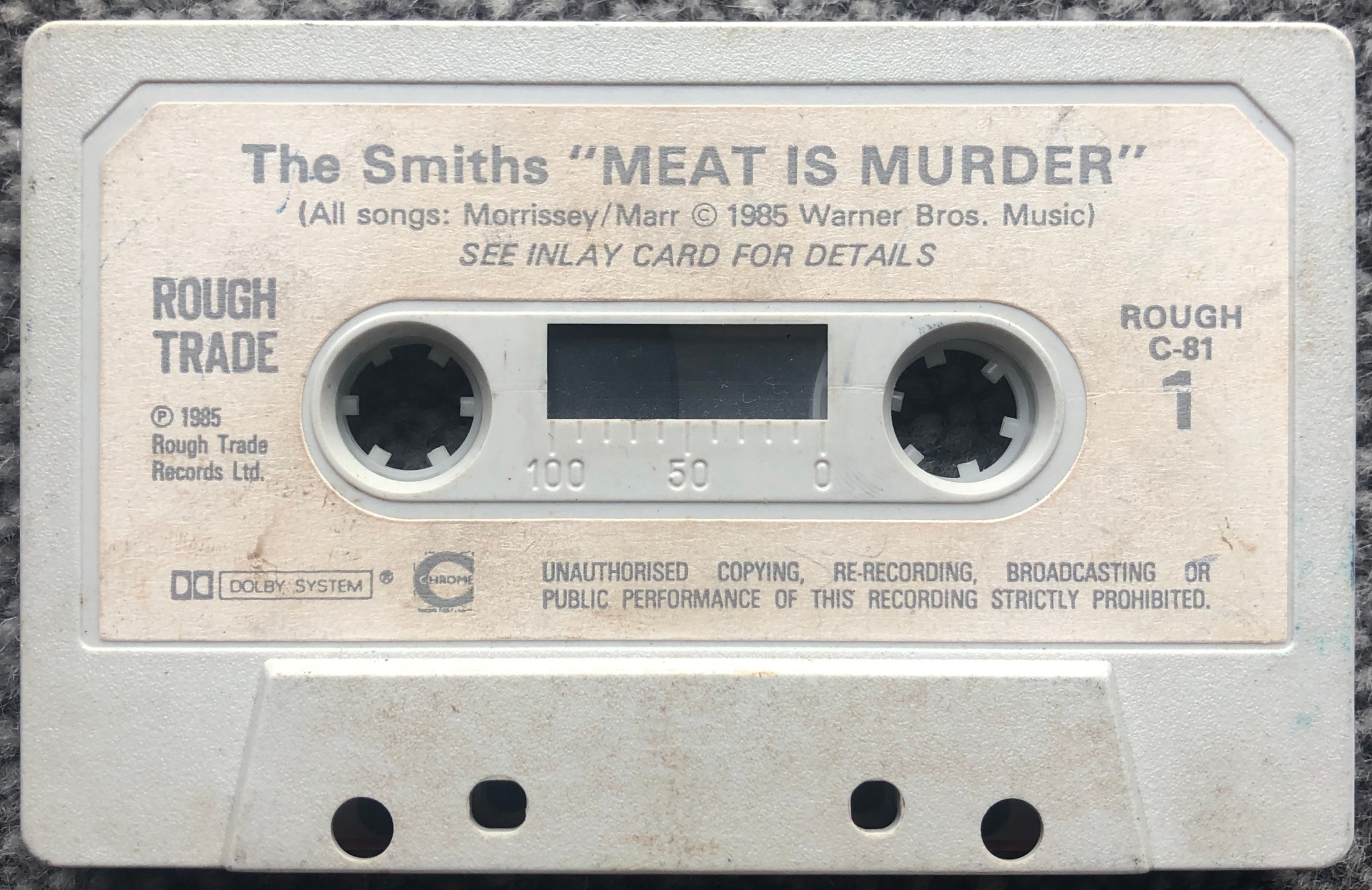 By now of course, you’ll be expecting me at this point to be eulogising about how the title track changed my life and that I became a devout vegetarian there and then on the spot. Well not in the slightest I’m afraid. In fact I found the closing track quite offensive and rather depressing, scary even. I may even have grabbed a hot dog from the hut opposite me in silent protest.
By now of course, you’ll be expecting me at this point to be eulogising about how the title track changed my life and that I became a devout vegetarian there and then on the spot. Well not in the slightest I’m afraid. In fact I found the closing track quite offensive and rather depressing, scary even. I may even have grabbed a hot dog from the hut opposite me in silent protest.
So no, as much as I loved all that The Smiths stood for, it would take more than a pop record to come between me and a Wimpy burger. However, it wouldn’t be long before I realised how good the title track was.
Despite the difficult last listen, what the song did was make me appreciate how good all the preceding tracks were. Here for the first time was a proper album. Not just a collection of songs, but a cohesive and well-structured conveyor belt of music that had been skilfully and carefully laid out in front of you to be revealed at precisely the right moment so that by the end, emotionally you feel bruised.
Whenever I listen to the album, I always realise that at some point I’ve got to deal with the title track. It’s almost like you’ve made a pact with yourself and that you must take the rough with the smooth. It’s a trade off you’re willing to take.
It felt a bit like this when Morrissey performed ‘Meat Is Murder’ at his live shows a few years ago. I saw him several times but knew that at some point I’d have to endure that harrowing video that he’d play behind him. Most of the audience simply looked away. To my eternal shame, so did I.
Not only were the album tracks stitched together in a particular way, but they also made sure that the listener got to flit from one musical genre to another. This was the classic difficult ‘second album’ and The Smiths were keen to flex their musical muscles, desperate no doubt to not be labelled as one-trick ponies.
As a result, we are treated to a right old tour-de-force, ranging from flamenco to funk, rockabilly to waltz, folky ballads to psychedelica. Here was a rock and roll album, extraordinaire. What was also clear was that The Smiths as a band had come of age. They were tight, well-drilled, ballsy, eclectic, talented.
Morrissey’s vocals were as powerful as ever (‘That Joke Isn’t Funny Anymore’). Lyrically too, he was on good form, every song being a bombastic attack on modern Britain – animal rights, corporal punishment, domestic violence, terrorism, the monarchy, mental health, loneliness, youth violence and the obligatory being working class.
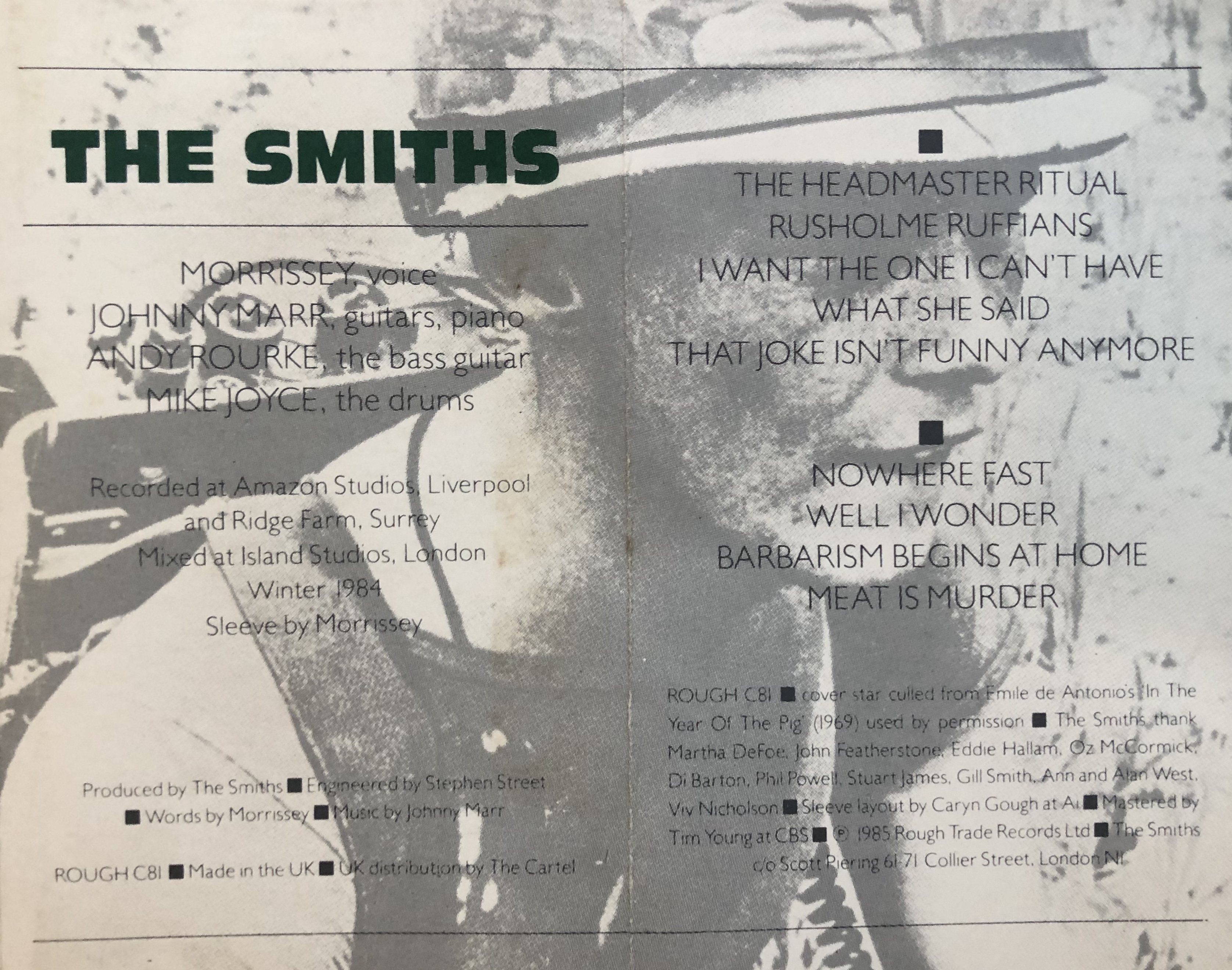
Marr’s guitar playing was as harmonic and visceral as anything we’d heard before. It was textured, layered, deft and raw. Unlike their troubled debut album, the production was perfect, with inspired infusions of echoing trains, rainfall, fade-outs and the haunting cries and bone saws from the abattoir. Not bad for an album produced by the band themselves (although ably abetted by engineer Stephen Street).
All of this would have counted for nothing had it not been for the talented rhythm section holding the whole thing together. You can see why they ended up suing Morrissey for a greater share of the royalties when you hear how they bring to life songs like ‘Barbarism Begins at Home’, ‘Nowhere Fast’ (demo’d as ‘The Fast One’) and ‘I Want The One I Can’t Have’.
As a result, ‘Meat Is Murder’ was The Smiths finest hour. Even though many would argue that the more mature and lavish ‘The Queen Is Dead’ is better (and I’d struggle to argue to the contrary), as a timely, rip-roaring rock and roll record, nothing beats ‘Meat Is Murder’.
The last word though I’m leaving to one particular track on the album that is my favourite of their entire canon.
It was never played live by the band and to my knowledge has never been attempted by Morrissey or Marr on their solo tours. It’s surprising really, because it stands out on the album as the hidden gem, the most meekest and gentlest of tracks. But for me it packs far more of an emotional punch than anything else, the title track included.
It’s called ‘Well I Wonder’, and first appeared a month before the album’s release on the b-side to ‘How Soon Is Now’.
Perfectly poised on the album, it’s the track where you think you can take a breather. Only you can’t. The song is a rare foray into the acoustic world of Johnny Marr, all stripped down to just a man and his guitar. Even though there is barely the hint of strings it feels as if it’s being carried along by a 40-piece orchestra, such is the punch it packs. It is Johnny Marr at his finest, as melodic and melancholic as ever.
What also makes the song so chilling is Morrissey’s vocal, which for me is by far his best performance to date. The wailing falsetto as the song draws to a close brings out far more goosebumps than is healthy, even now, at my age when I should know better.
Arguably, it is the most haunting album track the band have produced, elevated even further in cult status by its scarcity factor of having never been aired in public.
If anybody ever wants to know of a perfect entry-level starting point to the band – perhaps having never heard of them before – this will always be the recommended track and album for me. Even 35 years on, it epitomises everything The Smiths were meant to be, and confirms why ‘Meat Is Murder’ is one of the finest records ever made. Oh yes, ‘please keep me in mind.’
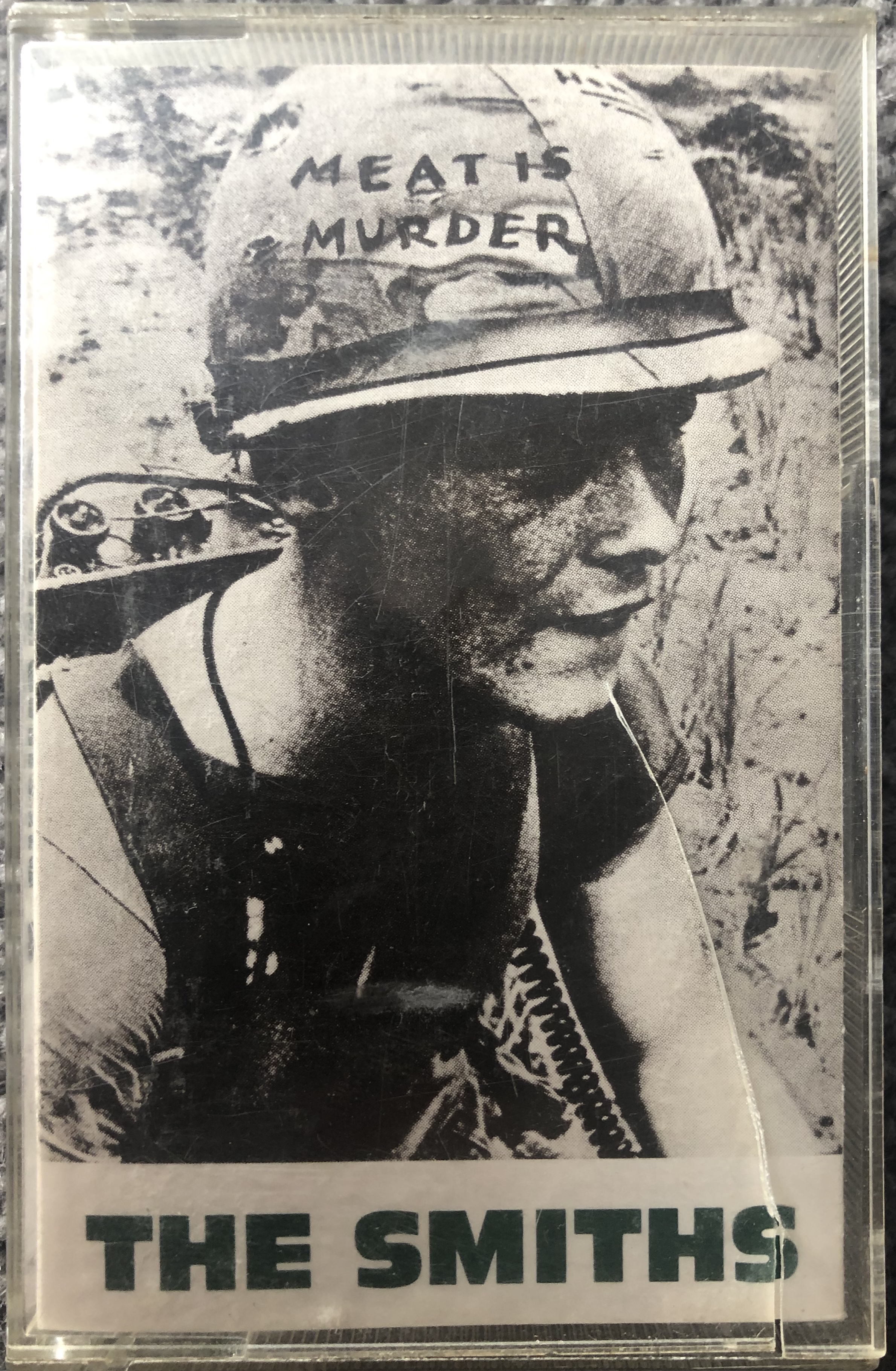



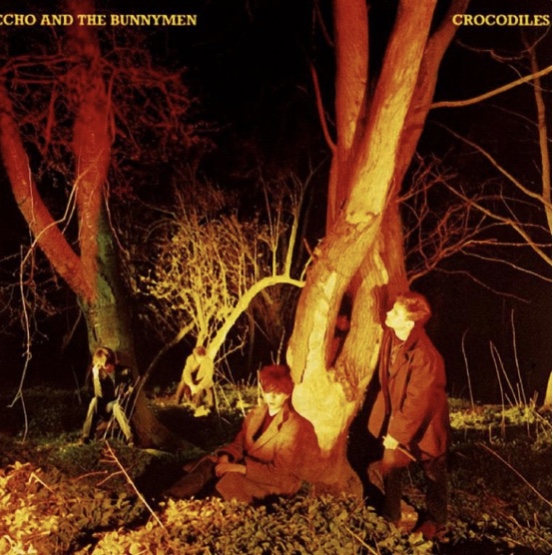


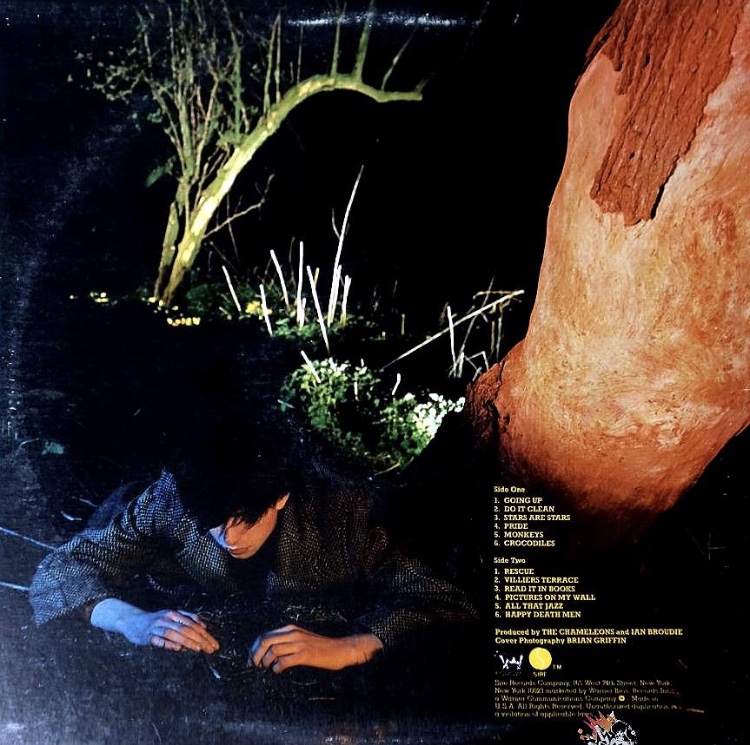

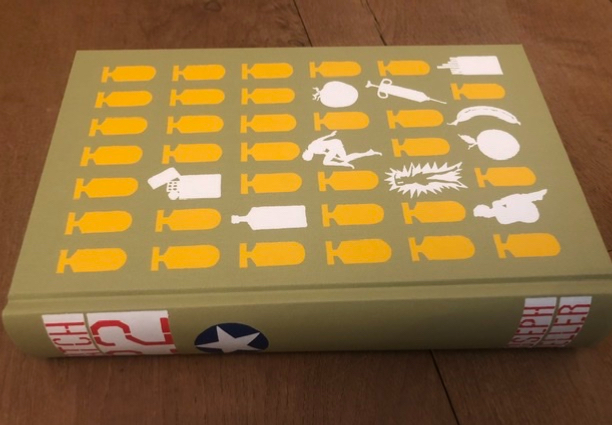
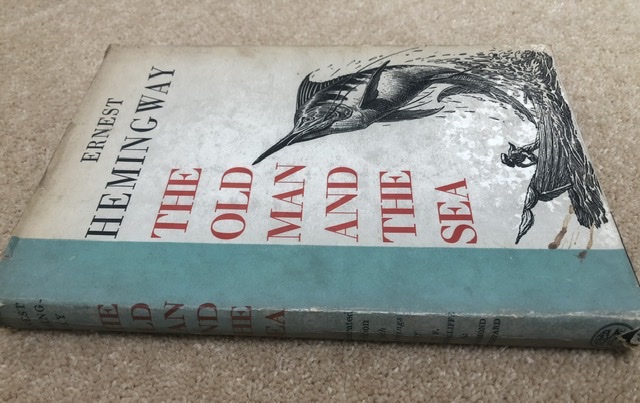
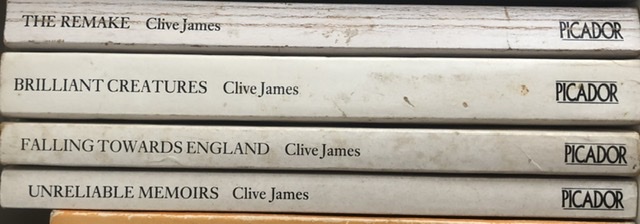
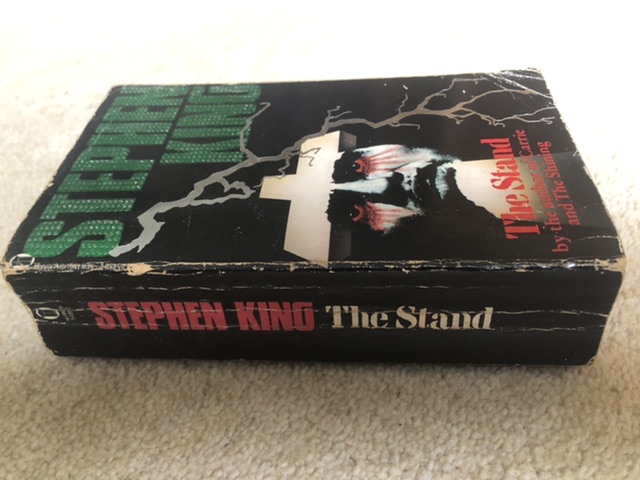
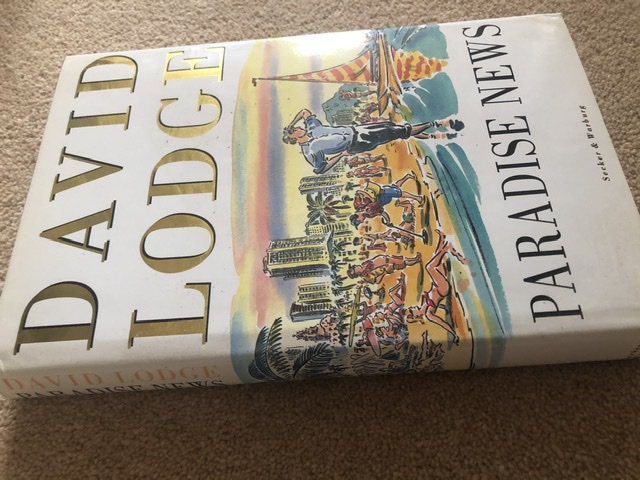
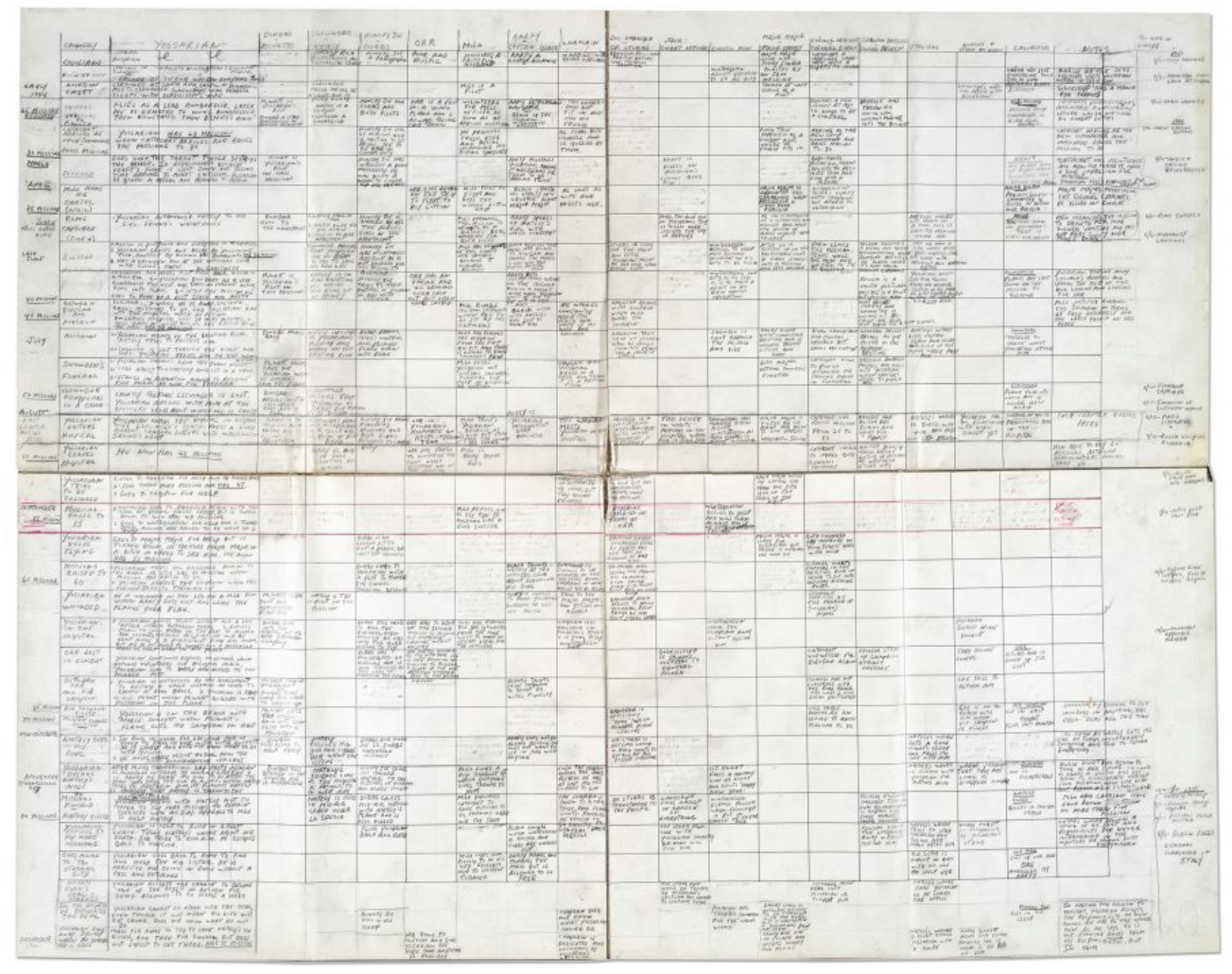
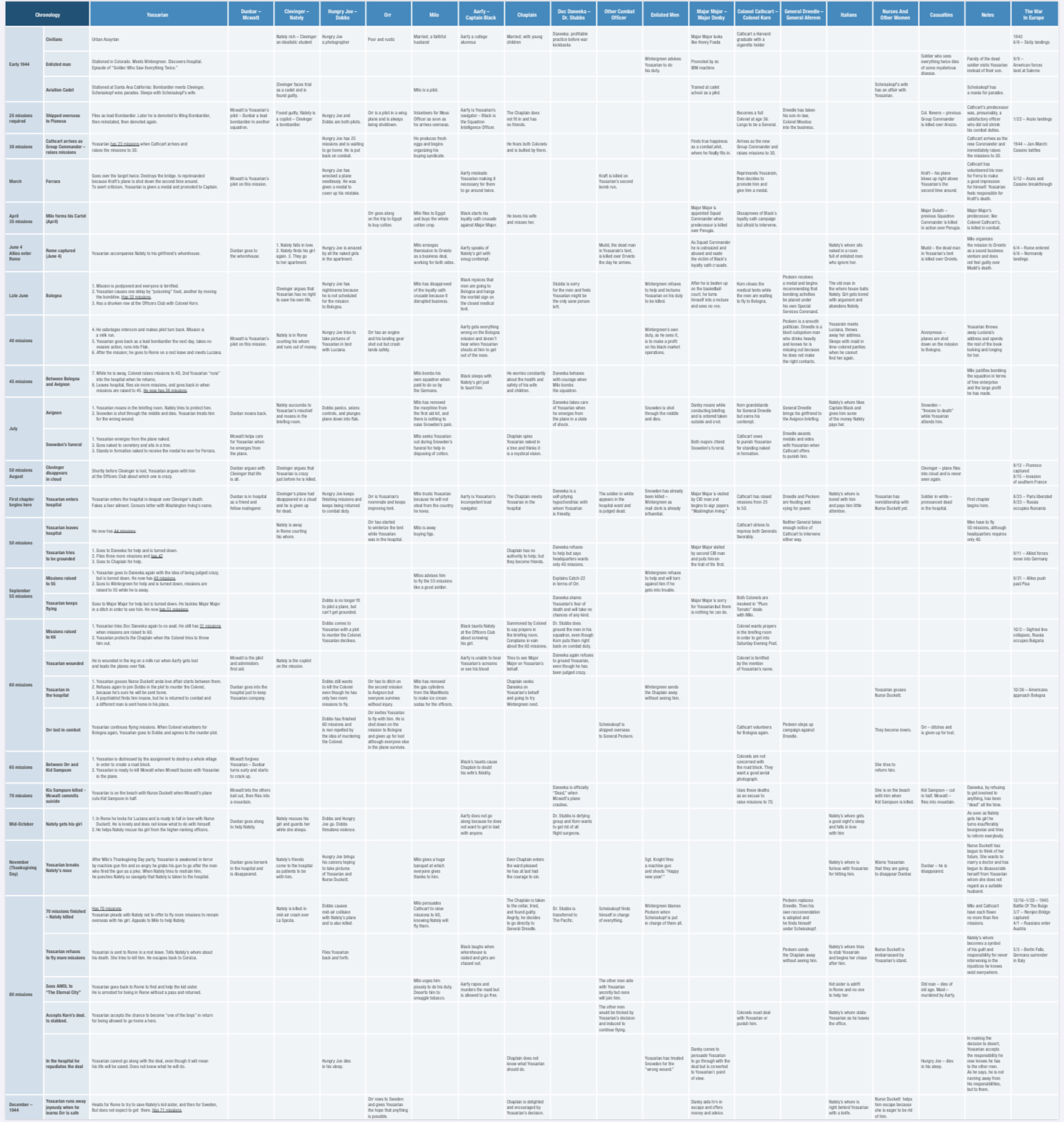
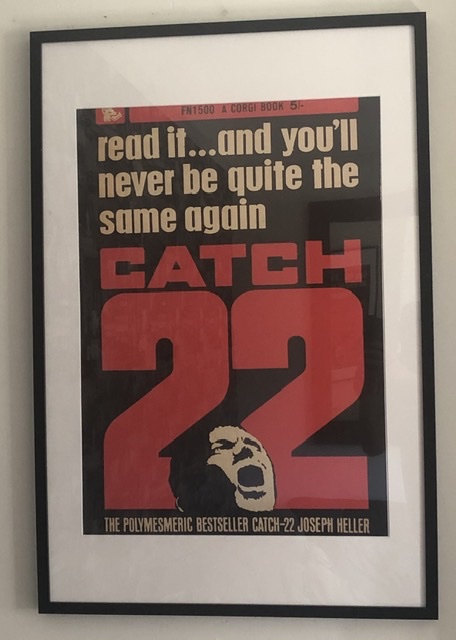

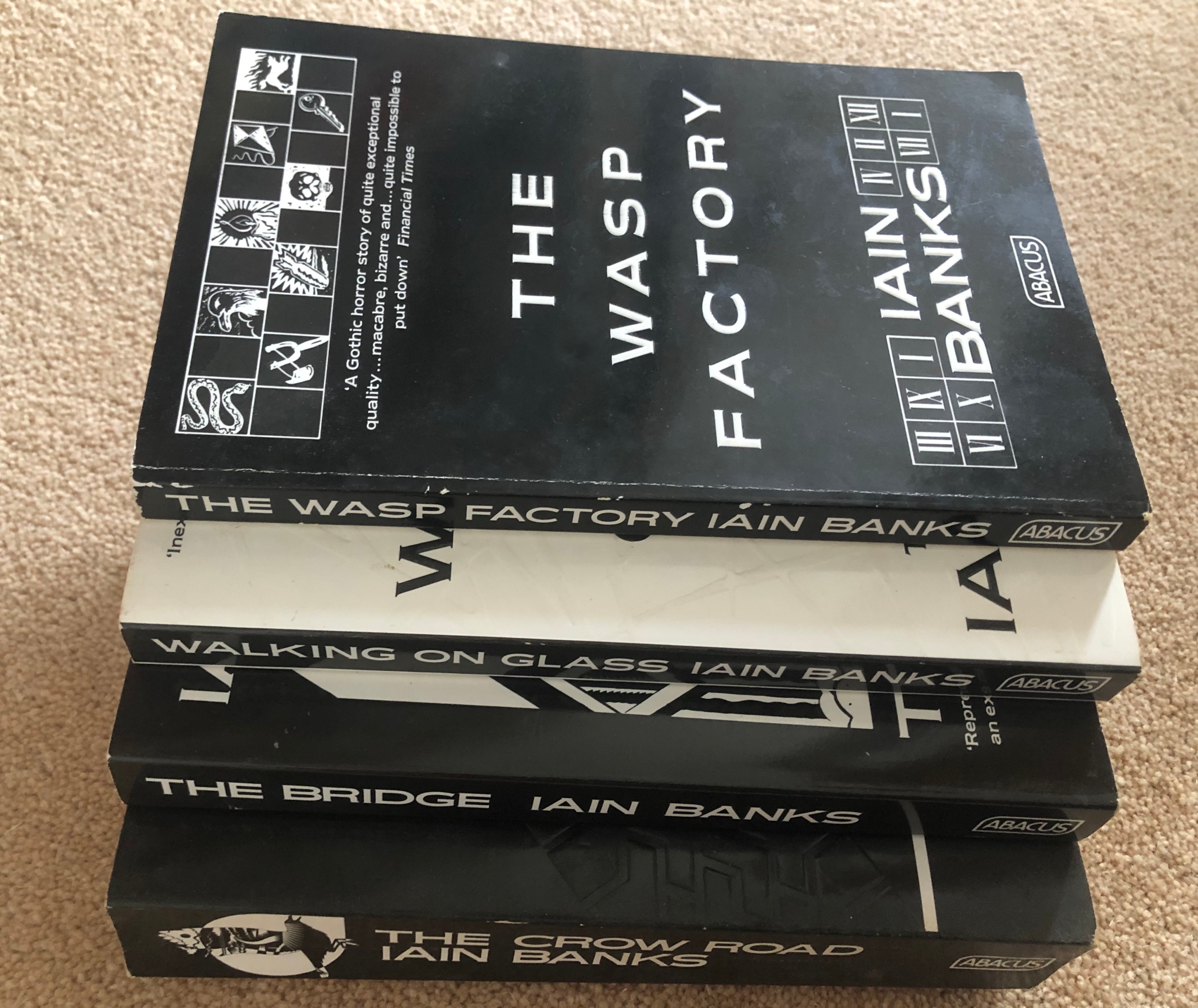
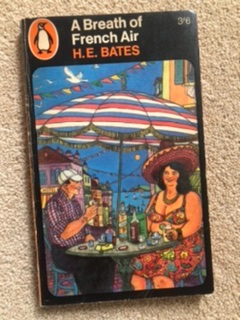
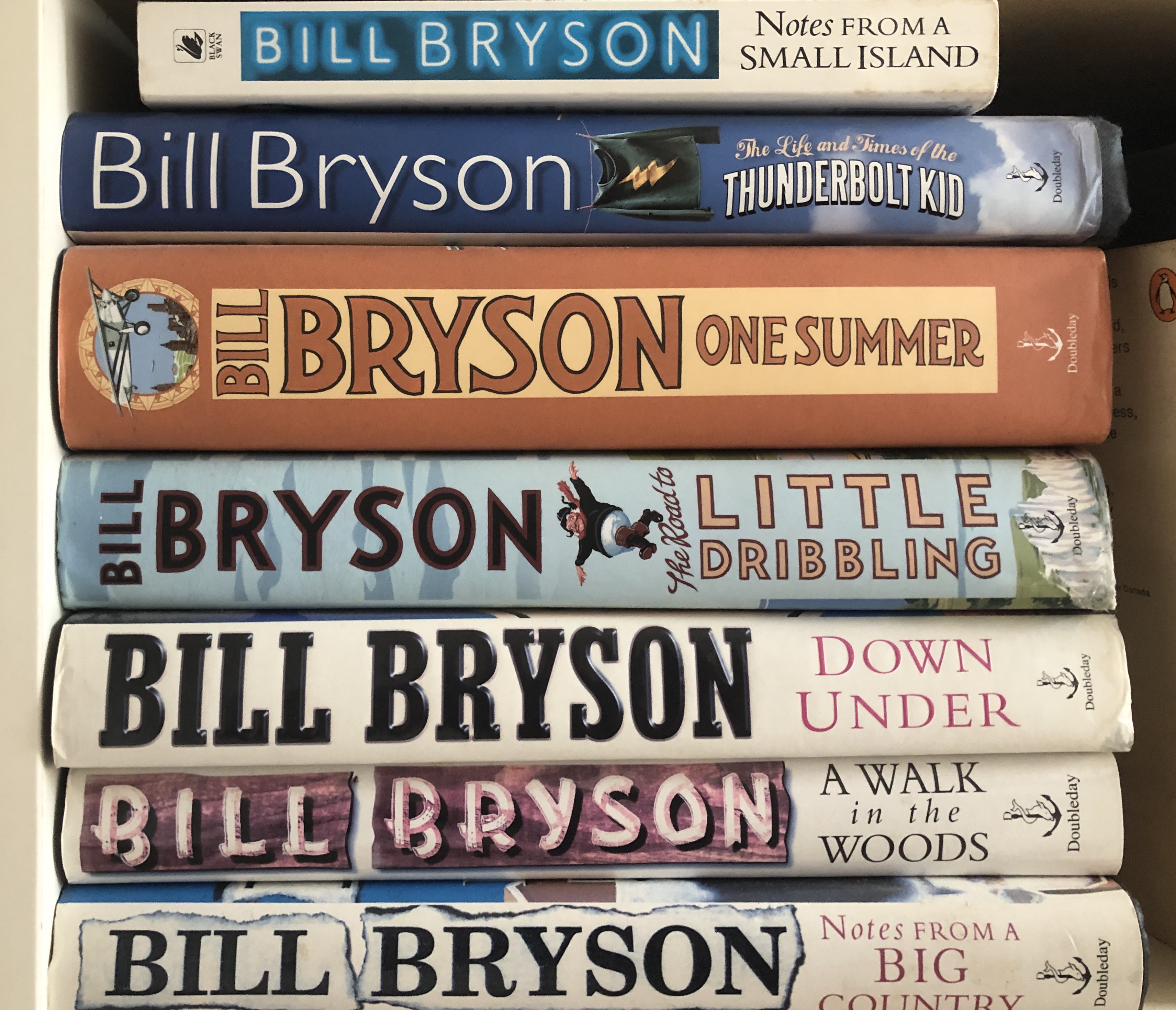



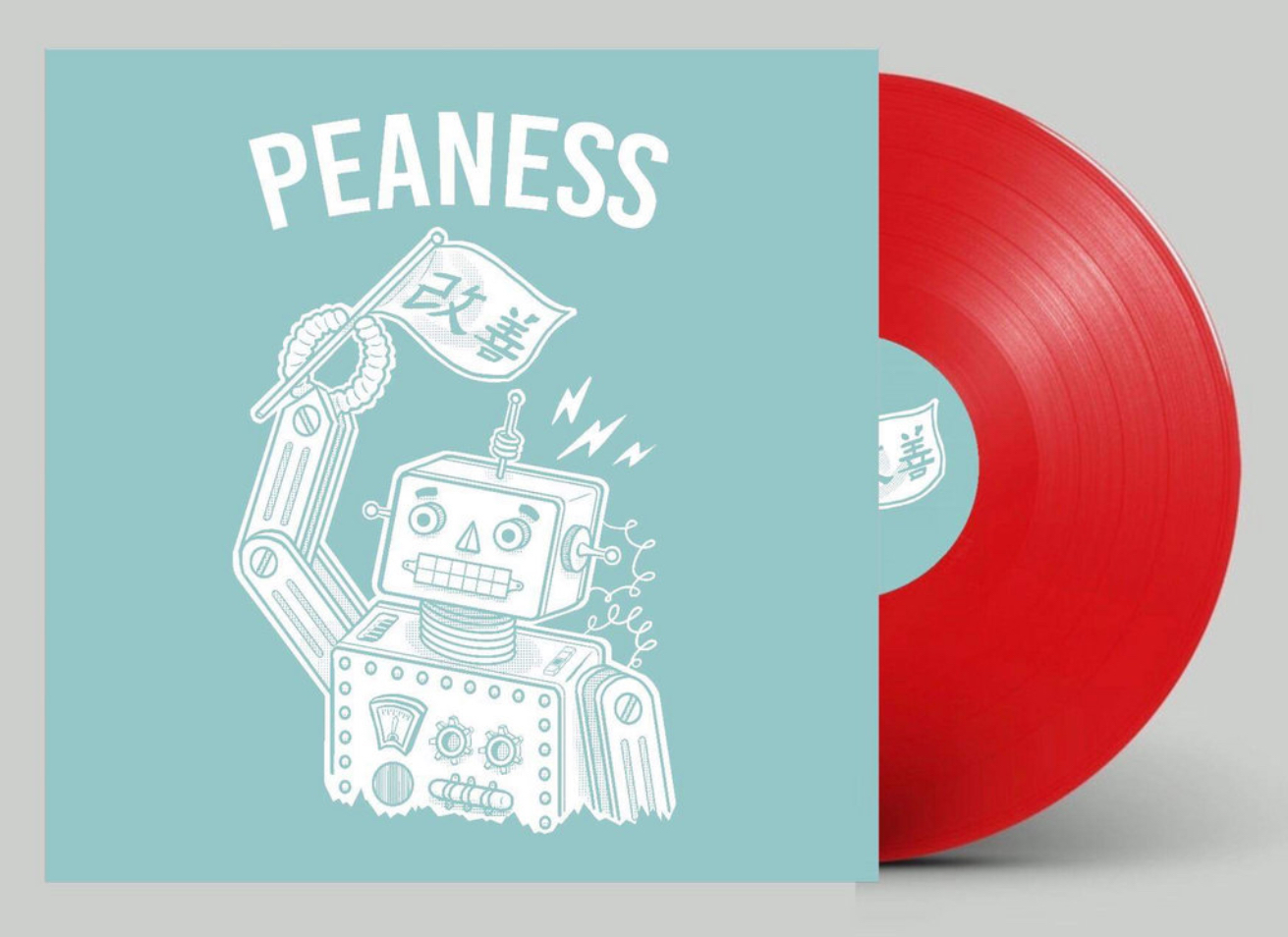
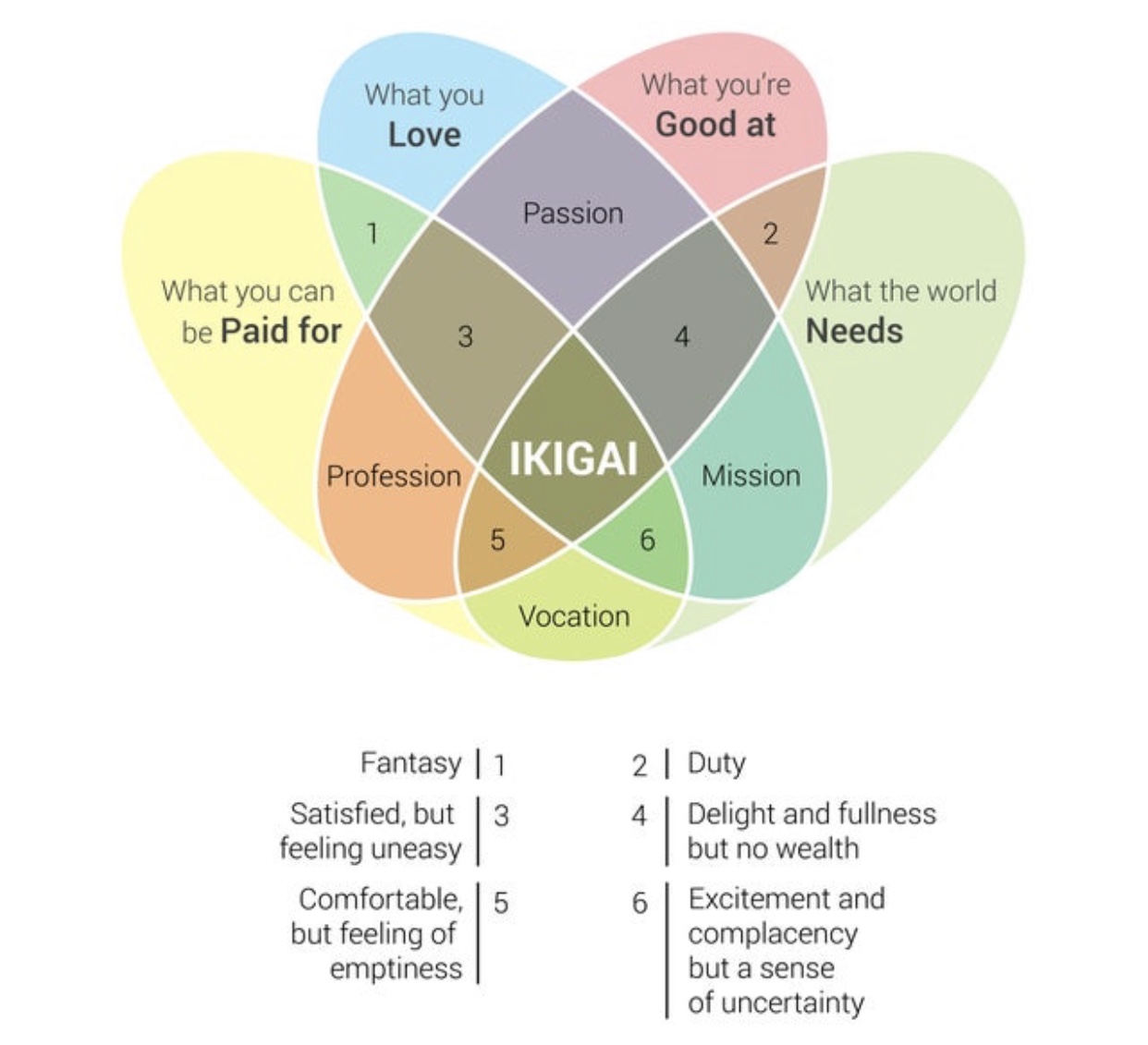

 By now of
By now of


